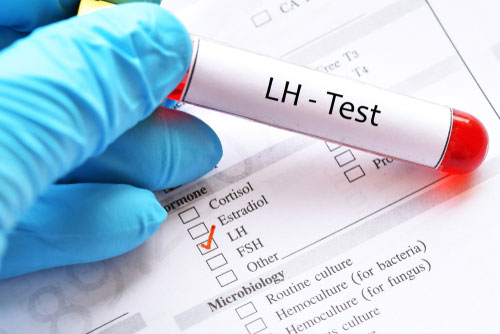Endometriosis. The 10 things you should know
Endometriosis is common, millions of women around the world experience this condition. During endometriosis, the tissue that was supposed to grow inside of the uterus , grows outside of it. Endometriosis does not always have strong symptoms and may not be painful at all. However, in some cases endometriosis can not only be painful, but pretty dangerous too. The condition may involve ovaries, fallopian tube and pelvic organs.
The tissue that is placed outside of the uterus continues to act as if it was located inside – it will thicken and bleed with the menstrual cycle as it breaks down. As the implants are located outside of the uterus, blood will not always have the way out of the body. The process can be very painful and additionally result in the formation of cysts and scar tissues.
We have collected 10 facts that you should know about endometriosis:
- Based on extent and location, 4 stages of endometriosis are differentiated : minimal, mild, moderate and severe. Minimal stage involves very mild scarring while the severe form will involve cysts, severe scarring and even infertility.
- Women with endometriosis may experience pain in different areas. Unlike the abdominal cramps during the period, pain caused by endometriosis can spread to different parts of the body including back, legs, neck, shoulders, arms and so on.
- Endometriosis may cause pain not only during the period. This is individual, some women may be in pain almost daily and others only during the menstruation. Sometimes pain can follow a certain “routine”- after a busy day, after doing something outside your daily activities and so on. Pain can be unpredictable too.
- Some women do not have any symptoms at all, however for those who do, common symptoms include: Fatigue, nausea, diarrhea, heavy cramps during period, lower back pain, pain with urination or bowel movement, pain during intercourse and infertility.
- Exact reason of endometriosis is not known. It is thought to be genetical too, but no other concrete causes have been identified.
- It is not easy to diagnose endometriosis. It is problematic as the symptoms are characteristic to several other illnesses Ultrasound, pelvic exam and laparoscopy are commonly used to diagnose endometriosis.
- Endometriosis affects fertility and in severe form can also lead to infertility. However, with the surgical invasion and by removing the scar tissues, it is possible to significantly increase the chances of pregnancy.
- There is no cure. Treatments are used to ease the symptoms but they will not get rid of endometriosis itself. Treatments include painkillers, hormone medicines, contraceptives or removing scar tissues during a surgery.
- Endometriosis is different for every woman, which is another reason why it is difficult to diagnose. Some patients are affected daily, some periodically, others have absolutely no symptoms, others have majority of them and so on.
- Even though a number of women with endometriosis struggle with fertility, it does not mean infertility. Inflammation typical during the condition is thought to interfere with the processes such as movement of sperm, eggs and successful implantation. However, in numerous cases it is treatable. Additionally there exist assistive reproductive technologies which are very popular and helpful among patients who suffer with more severe forms of endometriosis.
